Have you reached a lull point in your current workout routine? Are you looking for something new to change things up? Maybe you haven’t even started working out and have heard and seen things related to calisthenics but have no idea what they are exactly or what exercises to start with. The fitness world can be scary for some people. Where do I go? What do I do? How much will it cost me?
There are so many questions that can be asked. Don’t worry, you aren’t alone! As part of this article we will help address many of the questions and concerns you may have as you explore starting or adding calisthenics to your daily routine.
What is calisthenics?
The dictionary defines calisthenics as “gymnastic exercises to achieve bodily fitness and grace of movement”. Others will say that they are feats of superhuman strength. For most people it is somewhere in between. Calisthenics in general are a series of exercises designed to improve strength, agility, balance, flexibility and coordination without the need of equipment. By using ones body weight, calisthenics, which was developed in ancient Greece, takes you through a program that requires your mind and your body to collaborate together in order to achieve a complete workout.
How often should I train?

As with any workout program, there is such thing as overtraining. Your body needs time to break down and then repair itself, otherwise you will be in risk of serious injury and will find yourself failing rather than succeeding. Most people who are just starting out with a workout program of any type usually target three days a week with recovery activity days sandwiched in between.
Once you become more advanced and confident in your training, bumping up your schedule to five days a week is the norm. It is not completely unheard of the some people train every day (Herschel Walker was said to do between 750-1500 push-ups and 2000 sit-ups each day), but the key is whether you are training for technique and skill or for strength. At the end of the day, the most important thing is to listen to your body as everyone reacts differently both mentally and physically.
Can I also build muscle?

Honestly, any sort of athletic activity helps build muscle, from walking to weight lifting to calisthenics; consistent athletic activity will help build muscle to some degree. In the truest sense of calisthenics, you are using only bodyweight to work on developing strength. You might start with modified push-ups, then progress to regular push-ups and then one-arm push-ups. If you are targeting your legs, advancing from regular squats to single legged squats will certainly help build your lower body muscles. Most calisthenics exercises target multiple large muscle groups at the same time with one movement. By progressing through the different balance, stability and leverage of each exercise in your program, targeting 12-15 reps and 3-4 sets, you will certainly see an increase in strength and muscle mass.
For who is Calisthenics?

The great thing about calisthenics is that anyone can take part in them as the exercises range from very simple to complex. Some people may be intimidated or turned away from calisthenics because of what they see on TV or YouTube videos of athletes doing some amazing tricks, but even the most average person can do the very basic form of calisthenics. Whether you are a high school student, a 9-5 office worker or a pro athlete or somewhere in between, calisthenics is something that everyone can incorporate into his or her lives. For most people, if you are working out, one of the main reasons is aesthetics, whether it be self-motivated or by the opposite sex. Traditional gym workouts tend to focus on isolated exercises rather than compound movements, which will help develop a symmetrical and naturally balanced physique by attacking your entire body.
Where can I do calisthenics?

The great thing about calisthenics is that exercises can be done with minimal to no equipment and for free. If you don’t’ have the financial means to be able to afford a traditional gym membership, you can break out a variety of exercises in even the smallest of places as you only need room to stand up and lay down in order to do squats, pushups, planks or sit-ups. If you are outside, head to your local playground and you don’t mind being in the public eye you can utilize monkey bars, benches and other climbing apparatus to assist with your workout. With the increased popularity of calisthenics, more and more indoor and outdoor gyms have popped up all over the world that will allow you to train and collaborate with other likeminded athletes.
What are the benefits of Calisthenics?
We have addressed that calisthenics is one of the most cost friendly, effieient and effective forms of exercise, but as with most forms of athletic activity, the major benefits that one achieves from a calisthenic workout come both mentally and physically. Most people think that going to the gym or working out improves your strength and cardiovascular stamina, but there are multiple other reasons why a calisthenic workout is beneficial to your weekly schedule. The most obvious benefit of calisthenics is that you will increase both your functional strength and your muscle tone. Whether you are doing the most basic exercises or challenging yourself to some of the more complex routines, calisthenics requires you to focus on your coordination and increasing flexibility throughout each movement in order to ahieve optimal results.
From an emotional and social standpoint, calisthenics exercises helps lower your stress levels, increase happiness and impact your emotions positively as often looking good leads to feeling good. As with other forms of exercise, calisthenics exercises will have a long term role on your health as mentally you will be more focused, you will have a lower risk of chronic illness and disease and it may even lead to a happier and healthier sexual experience with your partner.
Top tips before you start out

Before you engage yourself in the world of calisthenics, there are a number of factors that you might want to consider in order to get the most out of your journey. One of the most important tips to keep in mind is that it is in fact a journey. Don’t jump into the workouts thinking that they are quick hitters and you will perfect every single one of them immediately, as while you might be able to knock out the “beginners” version, the more advanced techniques will take time and patience in order to master.
For those who are new to the world of exercise and working out, please check with your doctor before you engage in any form of exercise if you have health issues. While many of the initial stages of calisthenics are basic, looking into a personal trainer who can assist you in your form and technique is important, especially as you advance to more complex moves. Remember, one of the great things about calisthenics is the ability to get in a workout pretty much anytime and anyplace.

Pullup & Dip offers a great selection of calisthenics equipment, including push-up bars, pull-up & dip bars and gym rings that you can stash in your gym bag or car. Because you need little to no equipment for a calisthenics workout, it is easy to convince one of your work colleagues, friends or family members to join you in a quick session as often it is more fun, motivating and challenging to have a workout partner to push you to that next level. Just remember, even though a calisthenics workout can be done anywhere, don’t skip out on a short dynamic warmup and static cool down before and after your workout in order to avoid injury and help with recovery.
Most famous exercises
No weights? No problem! As calisthenics workouts require just your body weight to act as resistance and your mind for a bit of creativity if you don’t have the proper equipment, some of the most popular exercises can be done in your living room, at the gym or at a playground/park.
CHEST: PUSH-UPS

There are a number of variations of push-ups that will target different areas of your chest and if you add time under tension (go slower) even the easiest version will challenge you. From modified push-ups (on your knees), to regular, triangle, star, single leg, Spiderman, incline, decline, no hand, single arm, the list is endless and will challenge your pectorals, biceps/triceps and deltoids. To protect your wrist from unnatural buckling of the wrists, use some push-up bars.
BACK: PULL-UPS

Pull-ups and pull-ups are a favored calisthenic exercise that targets improving and increasing strength in your back. Whether you use a set of gym rings, a bar in a calisthenics park at a playground or one of our pull-up bars, the change in grip will target different muscle groups and for those who are ready for a more advanced version, one handed and weighted versions will challenge even the strongest individual.
ARMS:

Push-ups, dips, pull-ups and chin-ups are among the preferred exercises that target the biceps, triceps and shoulders. Making sure you have proper form on any of these exercises is key to not only your safety and preventing injury, but also to be able to improve to different depths and variations.
LEGS:

Whether you are looking for Kardashian booty, working on a more explosive vertical or wanting to tone your calves and thighs, various squats, leg raises and lunges will help. Pulse squats, single leg squats, lateral lunges, jumping lunges, donkey calf raises and glute bridges all target multiple muscle groups in your legs.
ABDOMINALS:

Not everyone can have a washboard stomach, but that doesn’t mean you can’t have a strong abdominal section. From traditional crunches to dead bugs to scissor kicks to straight leg flutter kicks to planks, the variation of exercises that will help tighten up your midsection are endless. Target 30 seconds to two minutes for each rep and anywhere between 3-5 sets will leave your core crying for a break. Check out also our Best 10 Pull-Up Bar Exercises for Abs.
How can I learn it?

If you ever took part in gym class in elementary or high school, chances are you participated in some form of calisthenics, so you have a general knowledge of the basic forms of exercise. Today with the help of the internet and social media, access to information such as what you can find on our blog is readily avaiable and accessable pretty much anywhere and anytime. For those that might be looking for more personal interation, there are gyms and parks in most cities that you can find personal trainers who specialize in calisthenics or other indiviuals who train and are willing to show you the ropes. For those that want to kick it old school, head down to your public library or local book store and you will more than likely find some hardcover or magazines that will give you some pointers. At the end of the day, the best way to do calisthenics is by getting out there and doing it and having fun.
Which equipment do I need?

Despite the notion that you can do calisthenics without equipment, in order to advance past or assist with some of the basic exercises, there are some pieces that will complement your training. As mentioned, we offer a great selection of training aids that will help with your workouts. If you are unable to get to a local gym, having the following pieces of equipment can turn your home or the park into your own personal workout area. One of the best investments to make that takes up less room than a pair of socks are resistance bands. Be it upper or lower body, bands come in a variety of sizes and resistance and can be used to complement numerous exercises.
After advancing from a regular pull-up, adding a set of gym rings to your program will challenge your stability and balance even more when you attempt to do a pull-up. From a safety and performance standpoint adding a liquid chalk or bucket to your list of must have equipment is a good idea unless you want to experience blisters, calus hands and potential loss of grip at the wrong time. Other pieces of equipment such as a jump rope, dip bar, parallettes, weighted vests and push-up bars will also both benefit and challenge your warmup,workout and recovery cool down sessions.
A beginners calisthenics workout program
So you have decided to jump into the world of callisthenics, great! Whether you are deciding to use it as a complete workout or a complement to your other forms of exercise, the key to enjoying and continuing with callisthenics is to leave your ego at the door. For some people, these exercises may be basic, but focusing on proper form and technique as well as timing may make them more challenging than you think.
Rep and Sets: Target 12-16 reps and 3-5 sets of each exercise. If they are too easy all you have to do is slow the tempo and the difficulty will increase. As a beginner, targeting an every other day workout is ideal for rest and recovery.
- Pushups (Modfied or Regular)
- Regular Squats
- Planks 30sec-1min x 3
- Forward Lunge (X reps per leg)
- Crunches
- Mountain Climbers (X reps per leg)
- Dead Bugs (X reps per side)
Three P’s to success
The three most important keys to having a successful callisthenics experience are patience and practice and progression. Seeing someone on YouTube or at the park or gym doing one hand push-ups or a human flag or pistol squats and thinking that you should be able to do the same is not realistic. Being patient enough to see results over time is one of the toughest attributes to have in any workout program. Today, everyone is looking for instant results. With callisthenics, that isn’t going to happen. Just like growing a successful business, building your body takes time. Mastering calisthenics exercises takes time and with that time it also takes a mass amount of practice and willingness to fail and appreciate even the smallest successes. If you struggle with one exercise, try modifications or getting assistance from a partner or instructor and continue practicing. Failure is inevitable, everyone at some stage is going to struggle and fail, what makes you any different? However with continued practice of even the simplest most basic exercise will reap rewards.
One of the biggest challenges when doing bodyweight exercises is figuring out how to progress forward and doing it safely. When working out with weights, it is easy to figure out that progression is as simple as adding either more reps or more weight. With callisthenics, unless you add a weighted vest, your body weight isn’t exactly going to change. So how do you improve and get stronger, you do harder exercises. If you can easily crush a set of regular push-ups, your progression to staggered push-ups or even single leg push-ups will challenge your stability, strength and mental focus. The great thing about callisthenics exercises is that even the slighted alteration in your body position can add a challenge to your workout routine.

Are you looking for the perfect Calisthenics equipment to start out? We at Pullup & Dip offer you various high-quality Calisthenics equipment. Go check it out now!
Recommended articles:
Top 8 Calisthenics Exercises To Get a Wide Back
The Calisthenics equipment you’ll need in the beginning
Top 5 Benefits of Calisthenics to start training today
Workout Without Equipment- Top Advantages And The Best Exercises
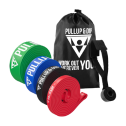
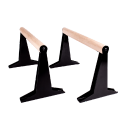
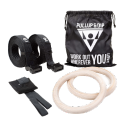



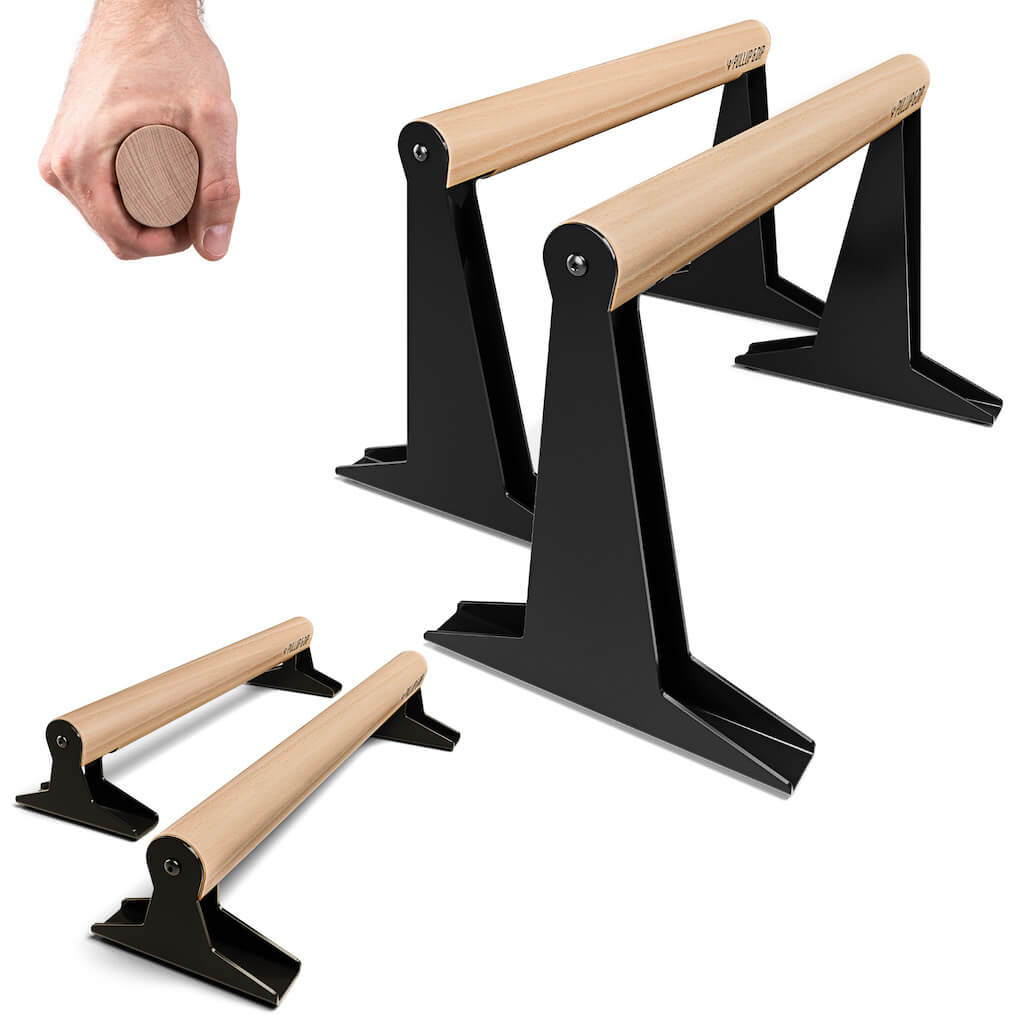
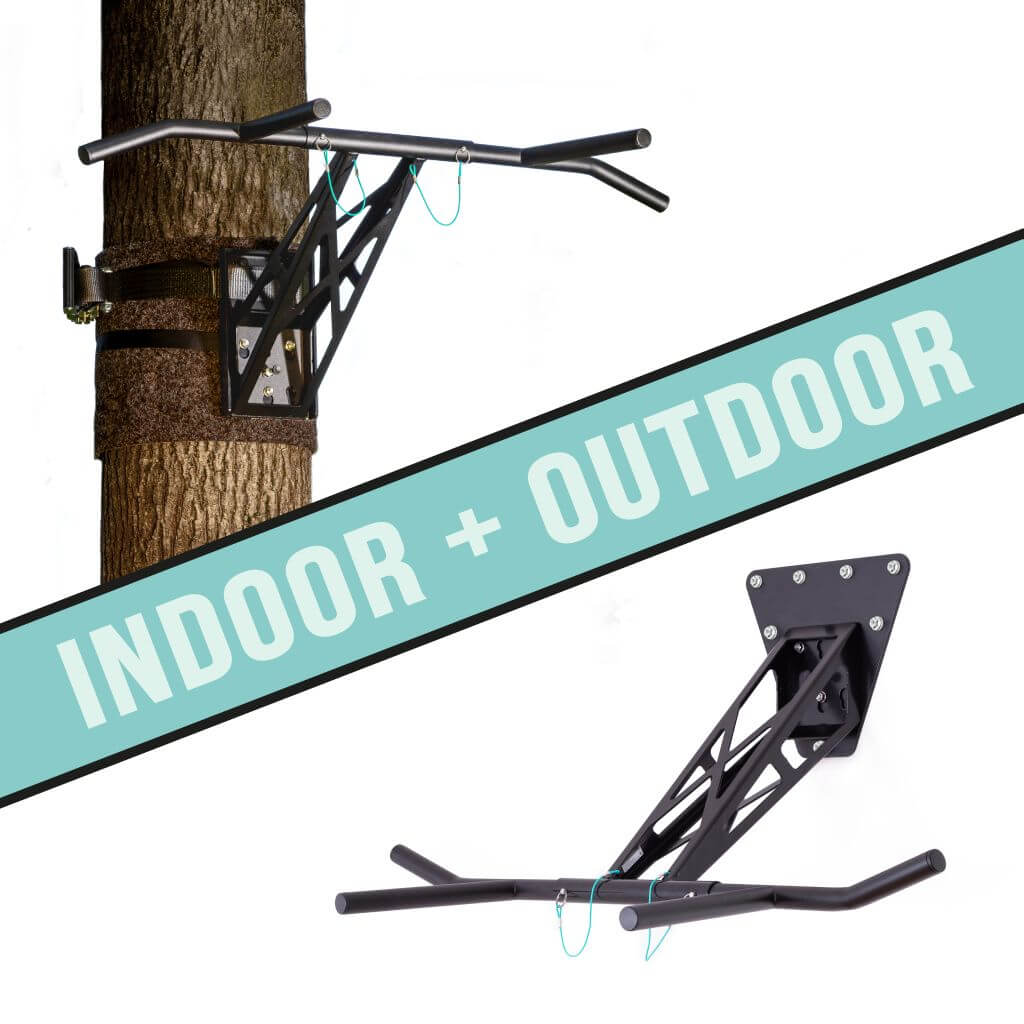
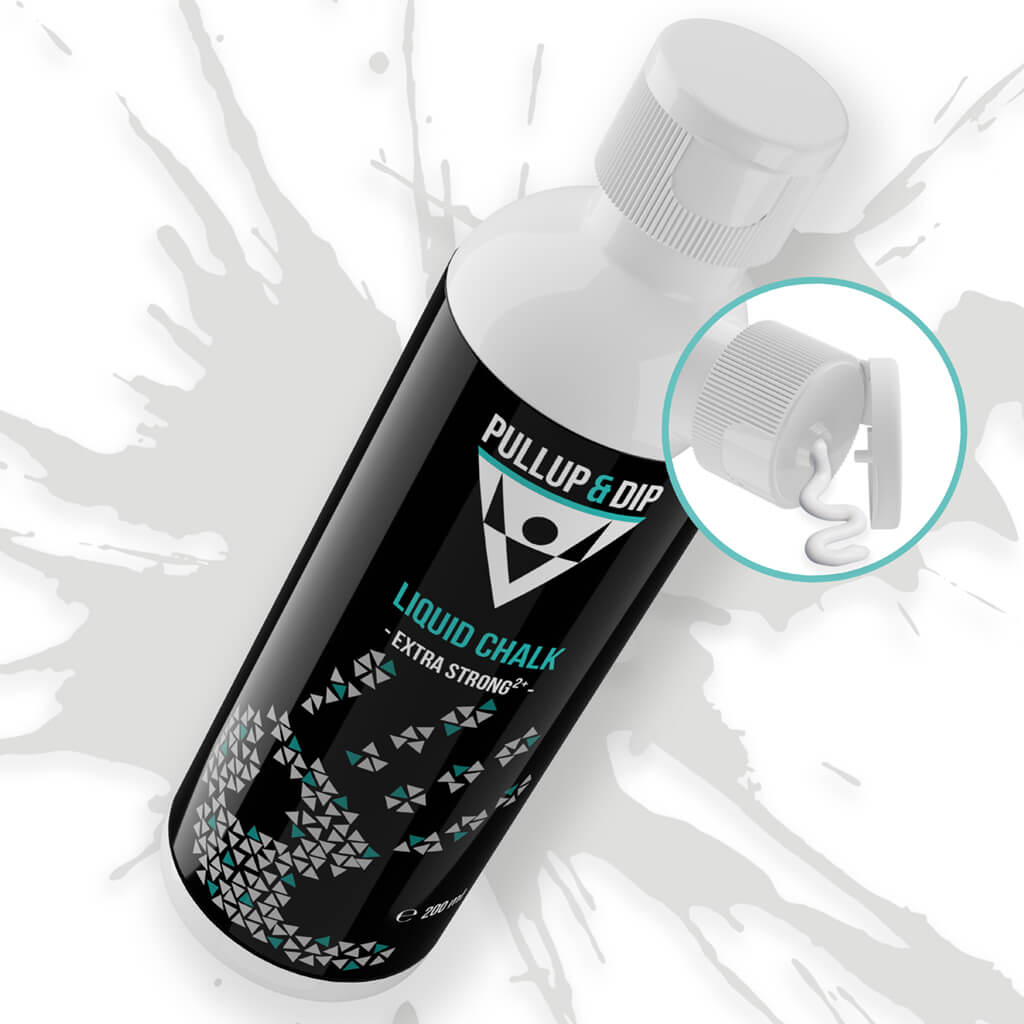
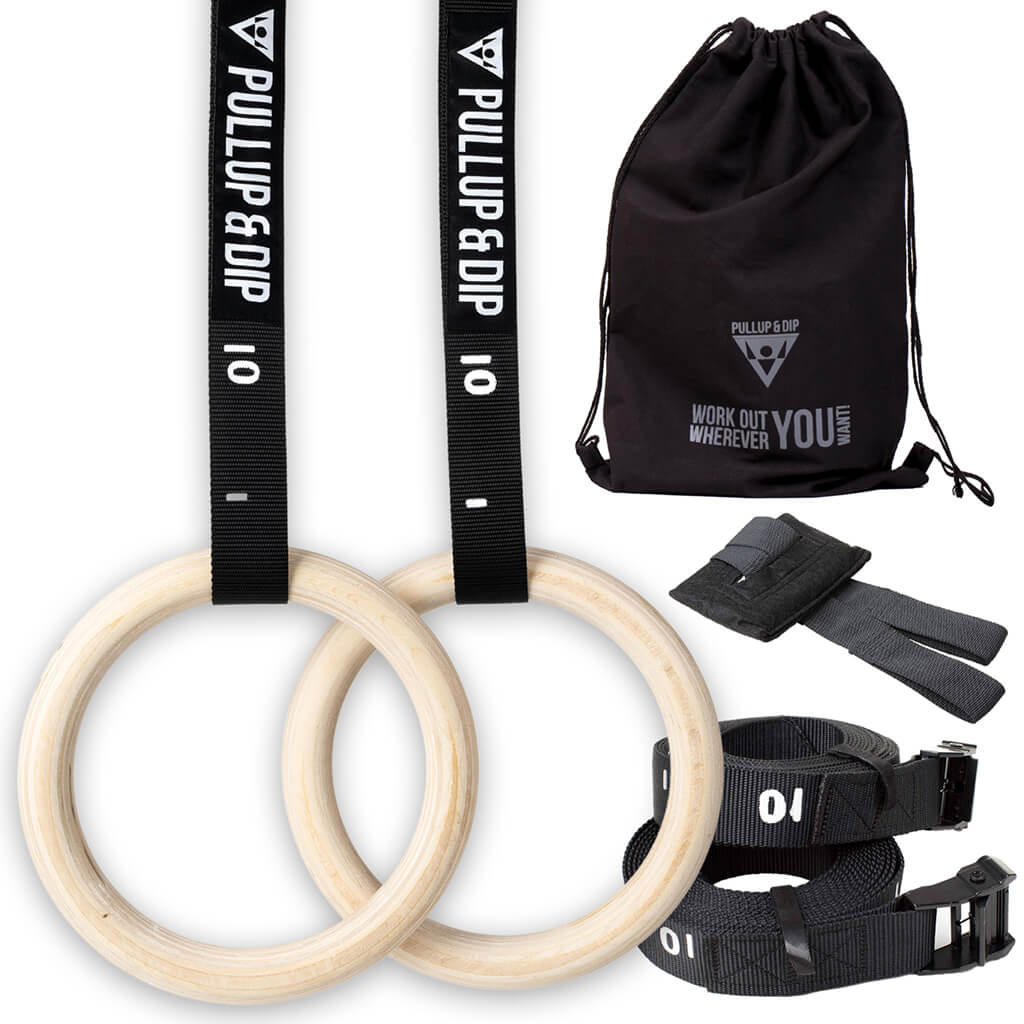
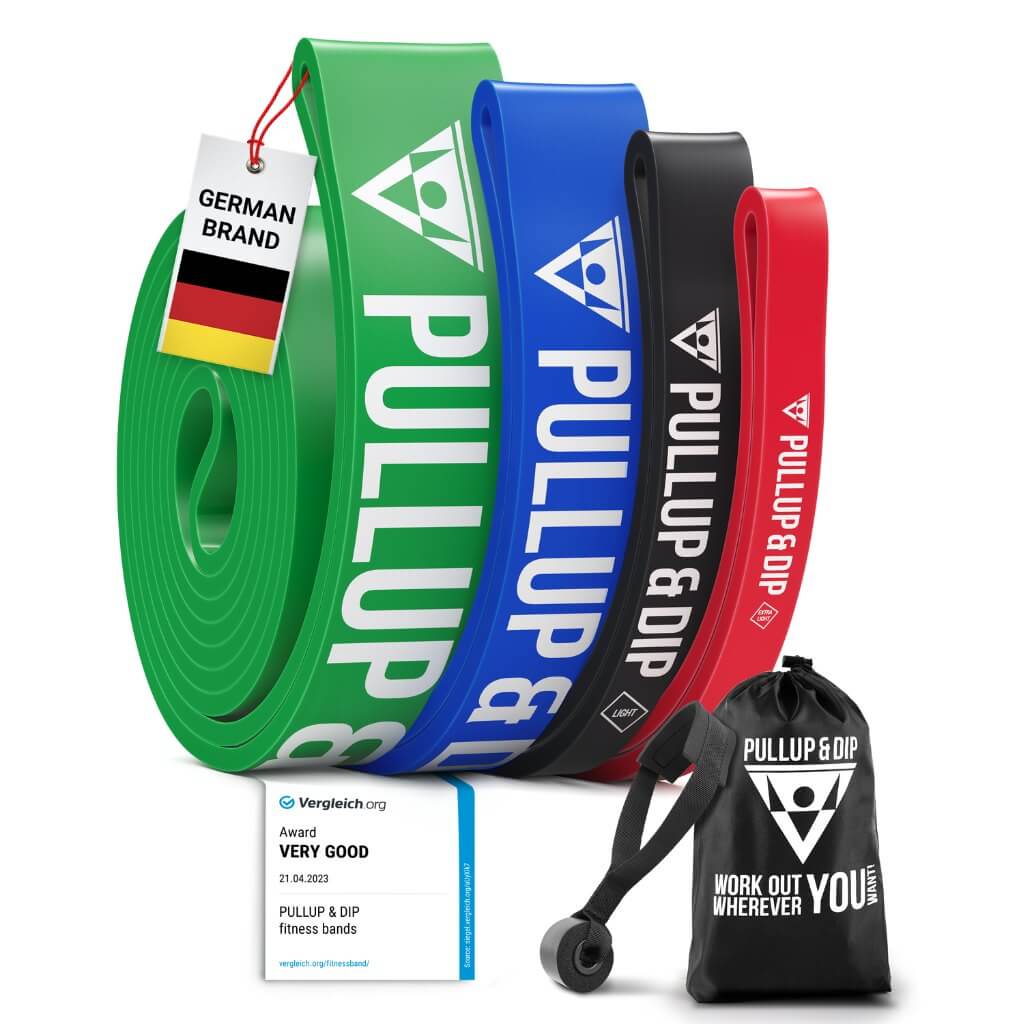
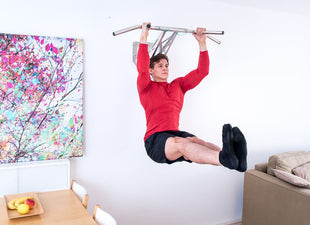
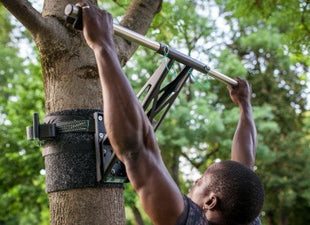
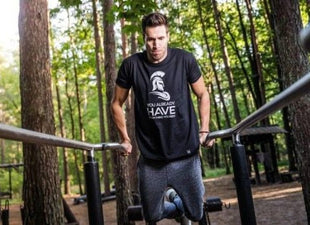
Leave a comment
All comments are moderated before being published.
This site is protected by hCaptcha and the hCaptcha Privacy Policy and Terms of Service apply.